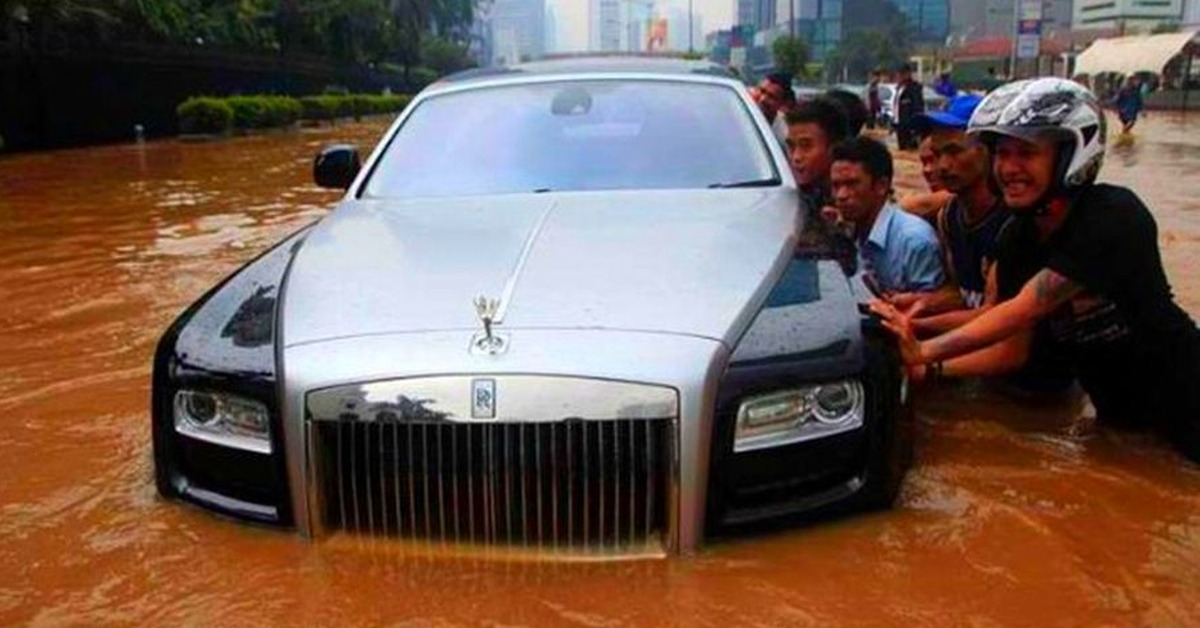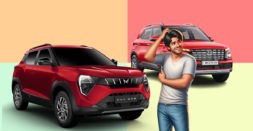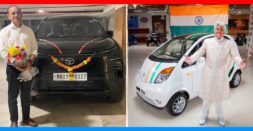Monsoons will be here soon, and many parts of India are likely to get a lot of rain. Many roads across all the cities often disappear under water. Every year there are instances when drivers drive their cars onto flooded roads and have their car engines seize. Apart from this issue, monsoons are quite hard on cars in general. From car exterior care to tyres, there’s a lot of things that can go downhill during the monsoons. It always pays to be well prepared. Let’s launch straight into a few tips that’ll help you and your car tackle the great Indian monsoon.
Driving Tips
Do not tailgate
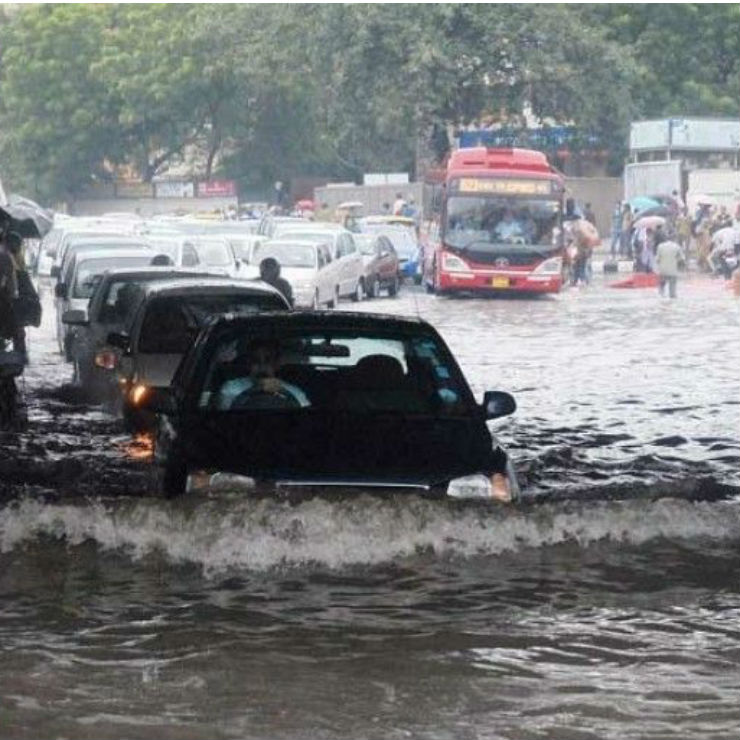
What many people would do is follow the vehicle going in front of them. At first, this seems like a good option as people would think that the vehicle in the front will have to face the potholes etc. However, what people do not think is that the vehicle going in the front will displace a lot of water which will then create ripples. Because of these ripples, the water level will increase and this increase might be enough to reach your air intake.
Also read: 10 DC Design cars & how they look in the REAL world: Maruti Swift to Mahindra XUV500
Using unfamiliar routes
If you are not familiar with the route then you should not use it if the road is flooded. There might be unknown potholes or speed breakers that might trouble you. One way to tackle such conditions is to let some other vehicles pass. This will give you an idea about which route to follow. There is also a possibility that other people use the route quite often. However, it is best advised that you take a route that is familiar to you even if it is quite long.
Do not crank the engine once it stalls
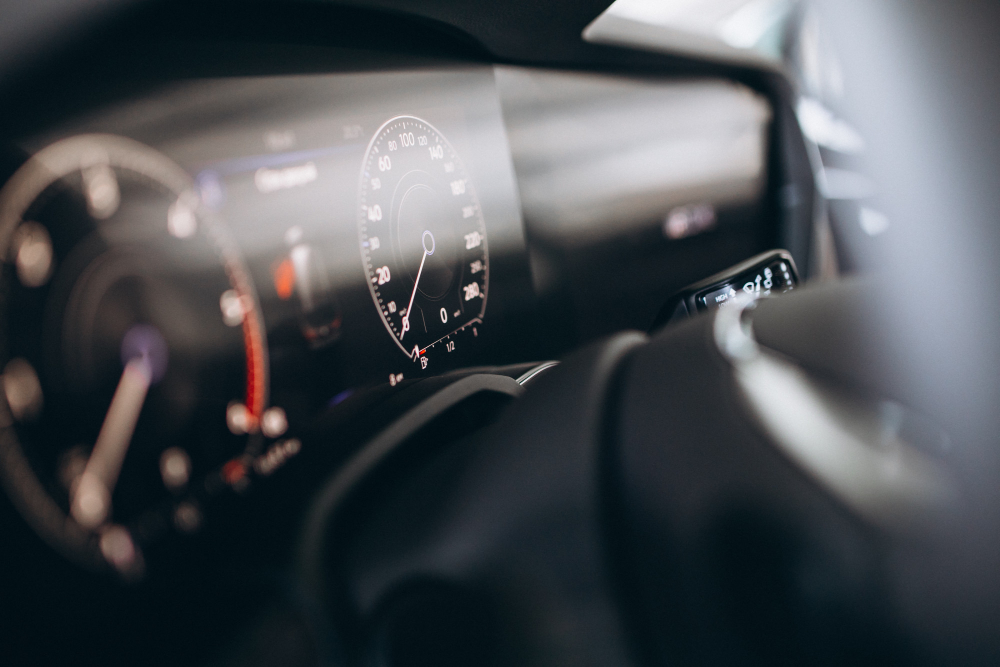
If you are crossing a flooded road and the engine stalls midway due to water getting into the air intake. Then do not start the engine again. This is because the combustion is stopped when the engine detects water inside. If you crank the engine then the water will get inside the engine which will further damage it. What is better is that you call a tow truck and get your vehicle towed.
Don’t splash through
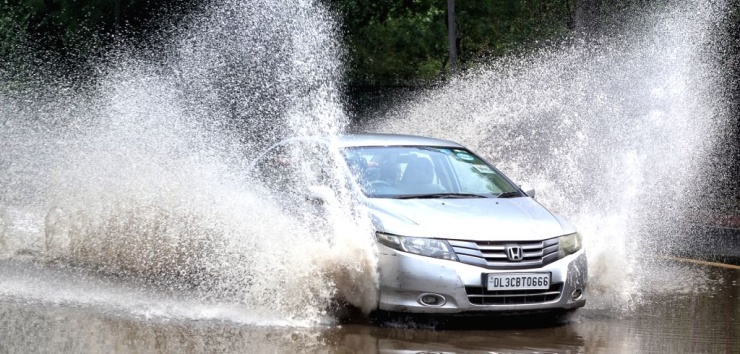
Many people have fun when they take their car through stagnant water. But what they do not know is that it can damage the vehicle. The water can come with a lot of force so it can dislodge the bumper of the vehicle. This is not a big issue because you can get it repaired. The bigger issue is that the water can get into the engine through the air intake which would hydrolock the engine. Because of this, the engine would be seized. The best to drive through stagnant water is slowly so that the water cannot splash high enough. Moreover, you should be in a lower gear at a higher rpm. This would ensure that water does not enter through the exhaust pipe.
Do not panic brake
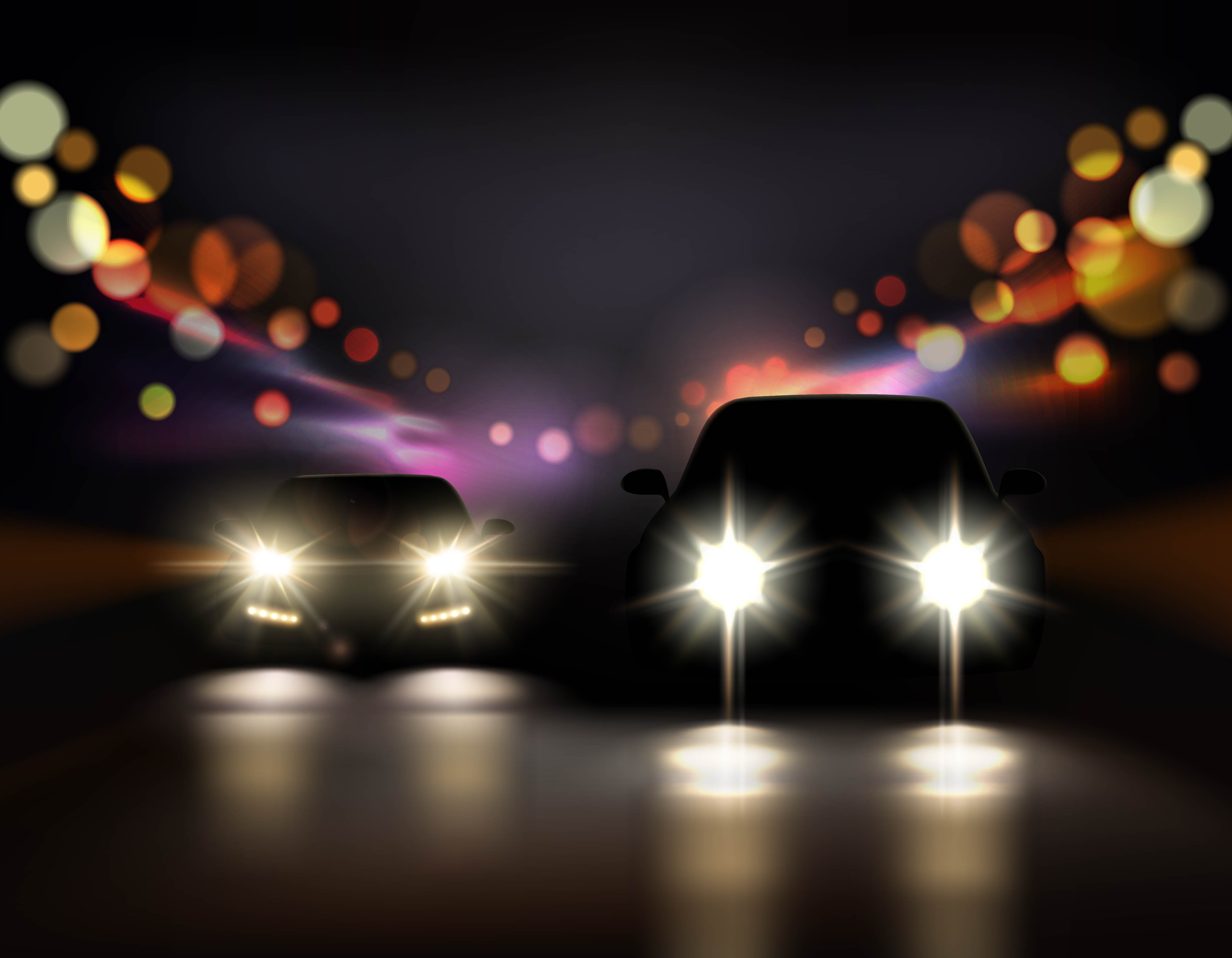
Because of the flooded water, the driver won’t be able to see what is on the road. So, if your car hits a pothole or a speed breaker, the first thought that will enter your mind is braking but that is not something that you should do. This is because as the revs fall, the chance of water entering the exhaust increases. So, it is important that you keep your foot on the accelerator.
Take the centre lane
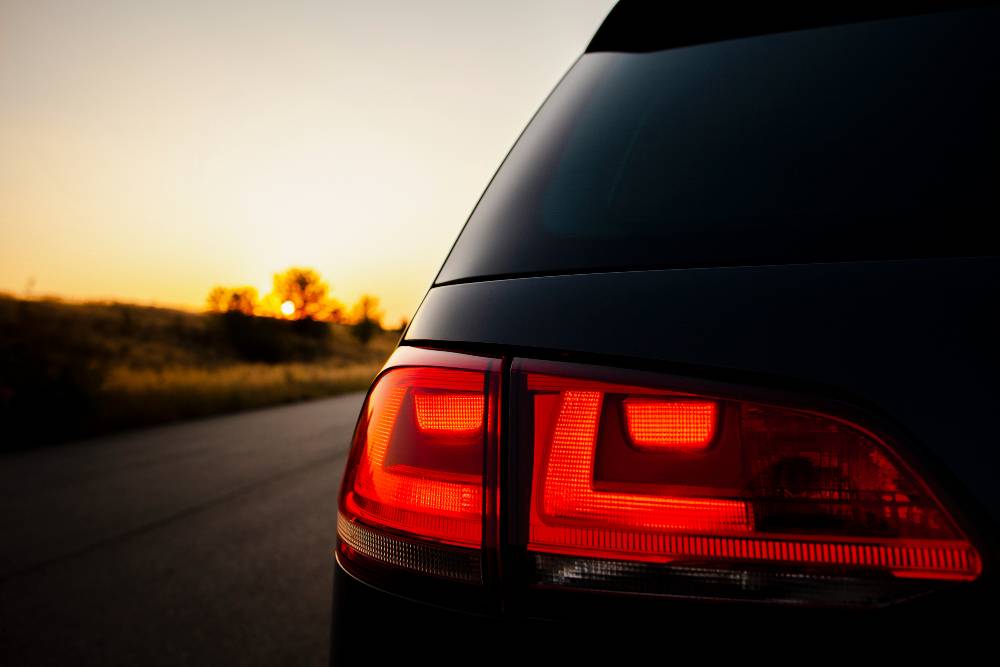
The modern days are made to dissipate water as soon as possible. The road is higher in the middle lane so the water level is less in that lane. If you have to go through a flooded road as you do not have any other option. Then it is advised that you take the centre lane as it is highly likely that the water level will be the lowest in the middle of the road.
Wait
The simplest and the most effective way to not drive in flooded areas is to simply wait for the rain to stop and the water level to decrease. There is a chance that you are at your office so just stay a couple of more hours there until the rain stops and the water dissipates. If you are already on the road then find a secure parking spot and park your car. Wait for a couple of hours and then resume your journey.
Car care
Check the brakes
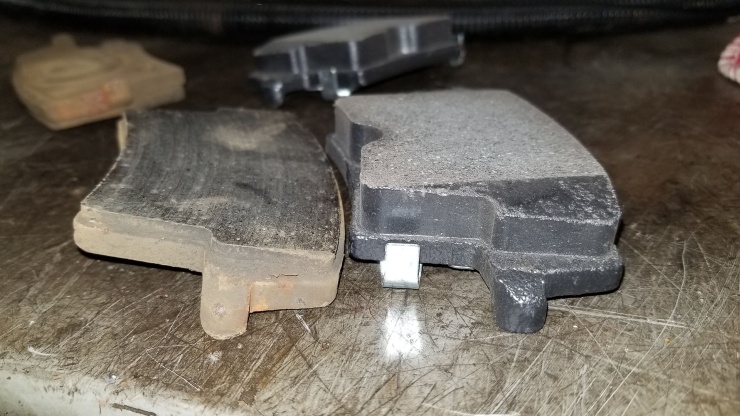
Preferably, you should get your vehicle serviced just before the monsoon hits. Ask your mechanic to check the condition of the brake pads. You should change them if they are showing signs of wear and tear. Moreover, whenever you drive through water, it could be a puddle or a flooded road. Then you should pump the brake lightly. What this will do is dry your brakes. It would remove the water, mud and grime that might get stuck on discs. Also, make sure you are not tailgating the car in front of you because your braking distance increases because of water.
Protect the car
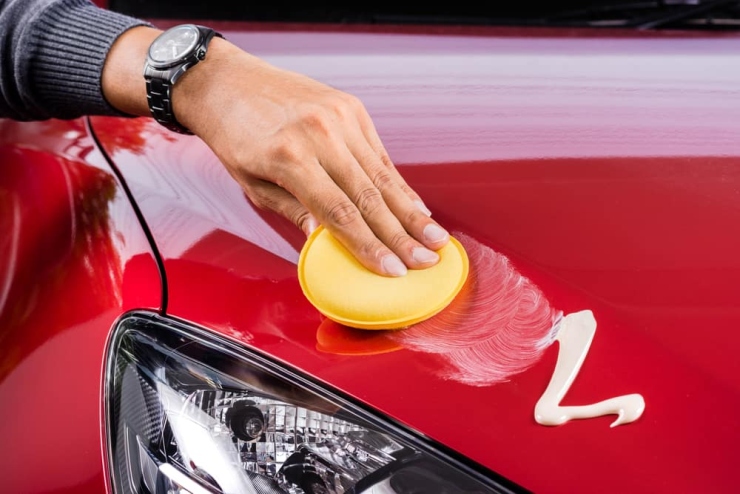
Before the rains start, it is advisable that you apply a good quality wax polish over your car’s exterior. What this will do is help the water in rolling off from your car easier. All the doors, locks and moving parts should be greased. The battery should be topped up and on the terminals, you can apply a coat of petroleum jelly.
Check the tyres
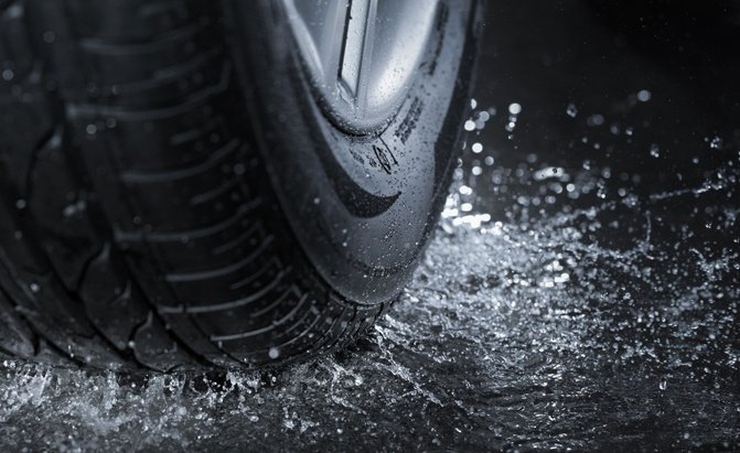
Tyres are very important as they are the only part of the car that is in constant contact with the road. It is the tread on the tyres that help in dissipating the water away from the road and help the tyre make a grip on the tarmac. So, it is important that you have enough tread on your tyres. You should replace your tyres if they are worn out or are old. The wheels should be balanced and the tyre pressure should be optimal. You can also lower your tyre pressure during the rainy season what this will do is give you a wider contact patch.
Check all lights
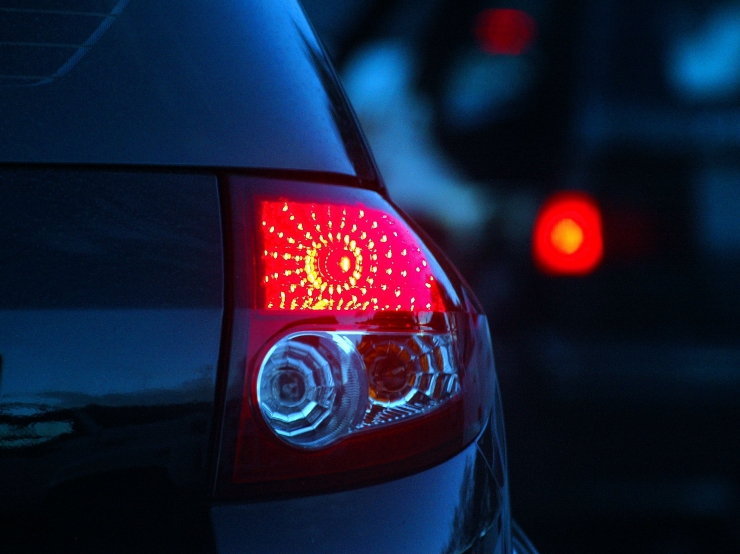
It is important during the rainy season that all your lights are in working condition. This will ensure that your vehicle is visible during heavy rains. Also, you are not supposed to use hazard flashers because that will confuse people.
Wiper and washer
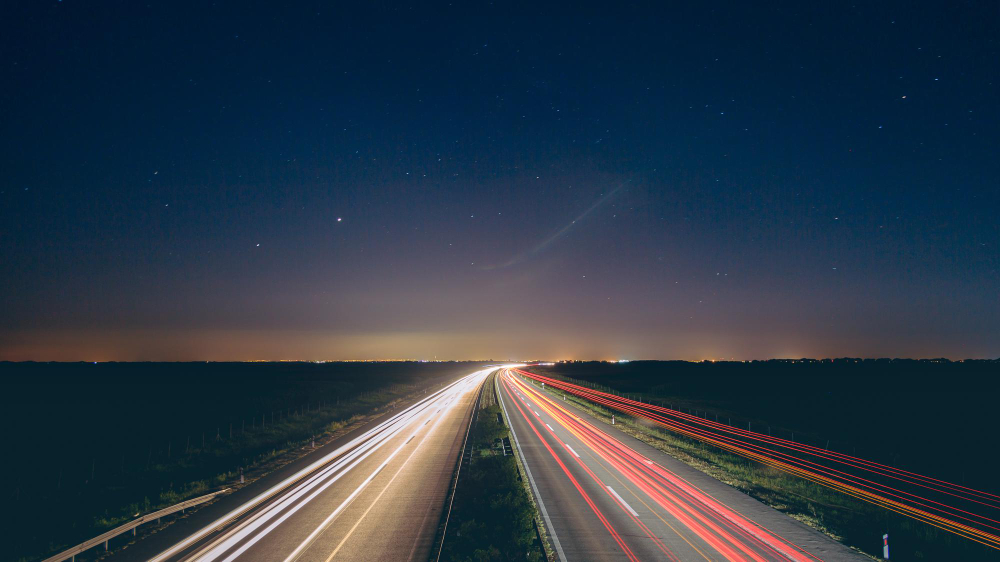
The windscreen wipers and washers become essential during the monsoon season. Ideally, you should replace wiper blades every year and that too before the monsoon season. It is important that the wiper length is what the manufacturer recommends. Also, you should refill your washer fluid which would ensure that your windscreen stays clean
Also read: Upcoming 2022 Maruti Suzuki Vitara Brezza rendered
